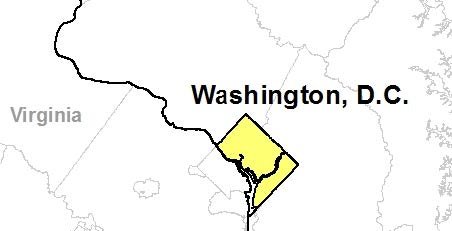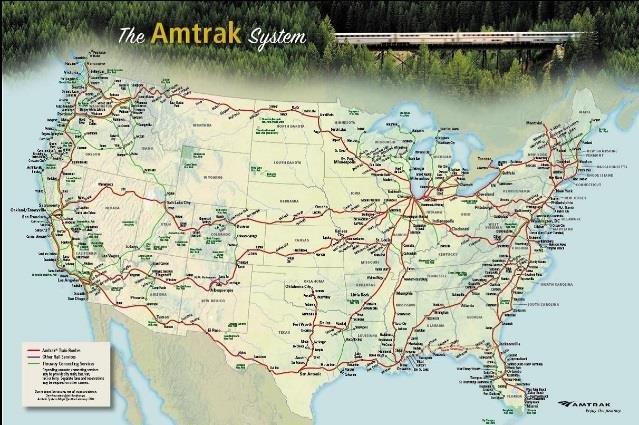EPA, Amtrak Agreement Helps Ensure Drinking Water Safety on Trains
Stories of Progress in Achieving Healthy Waters
U.S. EPA Region 3 Water Protection Division
Washington, D.C. • August 13, 2015
A revised agreement between EPA and Amtrak continues to help ensure that drinking water on Amtrak’s interstate passenger rail cars is protected from bacterial contamination.
The vast majority of water systems DO NOT MOVE. Water towers are bolted down; pipes are buried in the ground and connect to homes and other buildings. Planes and trains do move, though. Passenger rail cars are a special type of water system, called an Interstate Carrier Conveyance (ICC), covered under the Safe Drinking Water Act. Amtrak is based in Washington, D.C., and works directly with EPA’s Mid-Atlantic Region for drinking water compliance.
Each passenger rail car that supplies water through a drinking fountain, restroom, or café service is a separate water system. Prior to 2012, Amtrak conducted random sampling of drinking water on rail cars, but that left many unmonitored. In 2012, EPA and Amtrak signed an Administrative Order on Consent (AOC), through which Amtrak would periodically monitor the drinking water supplied on every passenger rail car and ensure that proper maintenance procedures are followed to minimize the risk of contamination to the tanks and pipes that supply water on the cars.
The original 2012 agreement and its amended version signed in August 2015 require Amtrak to follow a specific maintenance plan to disinfect and flush the parts of the rail cars that supply water, from the holding tanks to the faucets in a dining car or restroom. Periodic monitoring of every rail car indicates whether or not there is any contamination.
Amtrak must also maintain communication with the water systems from which they receive water. If a problem is identified with that water supply, Amtrak will avoid filling their tanks at that location. If Amtrak finds contamination on a car that is in route with passengers on board, Amtrak must notify those customers and direct them to water in a different car. Monitoring results in 2013 and 2014 revealed fewer than three percent of samples were positive for coliform bacteria (an indicator test), and not one sample of over 1,500 collected was positive for E. coli (a health risk contaminant). In 2015, EPA and Amtrak modified the agreement, extending the monitoring for six more years. The order applies to approximately 1,500 Amtrak owned or operated rail cars nationwide.

-
EPA, Amtrak Agreement Helps Ensure Drinking Water Safety on Trains (pdf)
(685 KB, 08/13/2015)
A revised agreement between EPA and Amtrak continues to help ensure that drinking water on Amtrak’s interstate passenger rail cars is protected from bacterial contamination.

AT A GLANCE
-
EPA, Amtrak agreement protects rail travelers.
-
Millions of customers travel on Amtrak each year.
-
Amtrak owns or operates about 1,500rail cars, each of which is considered a separate water system, and monitors every one of them.
-
Not one car had E. coli present in the water since the project started in January2013.
For additional information, contact:
Lisa Donahue
Ground Water and Enforcement Branch
U.S. Environmental Protection Agency
Region 3 Water Protection Division
1650 Arch Street
Philadelphia, PA 19103
donahue.Lisa@epa.gov
